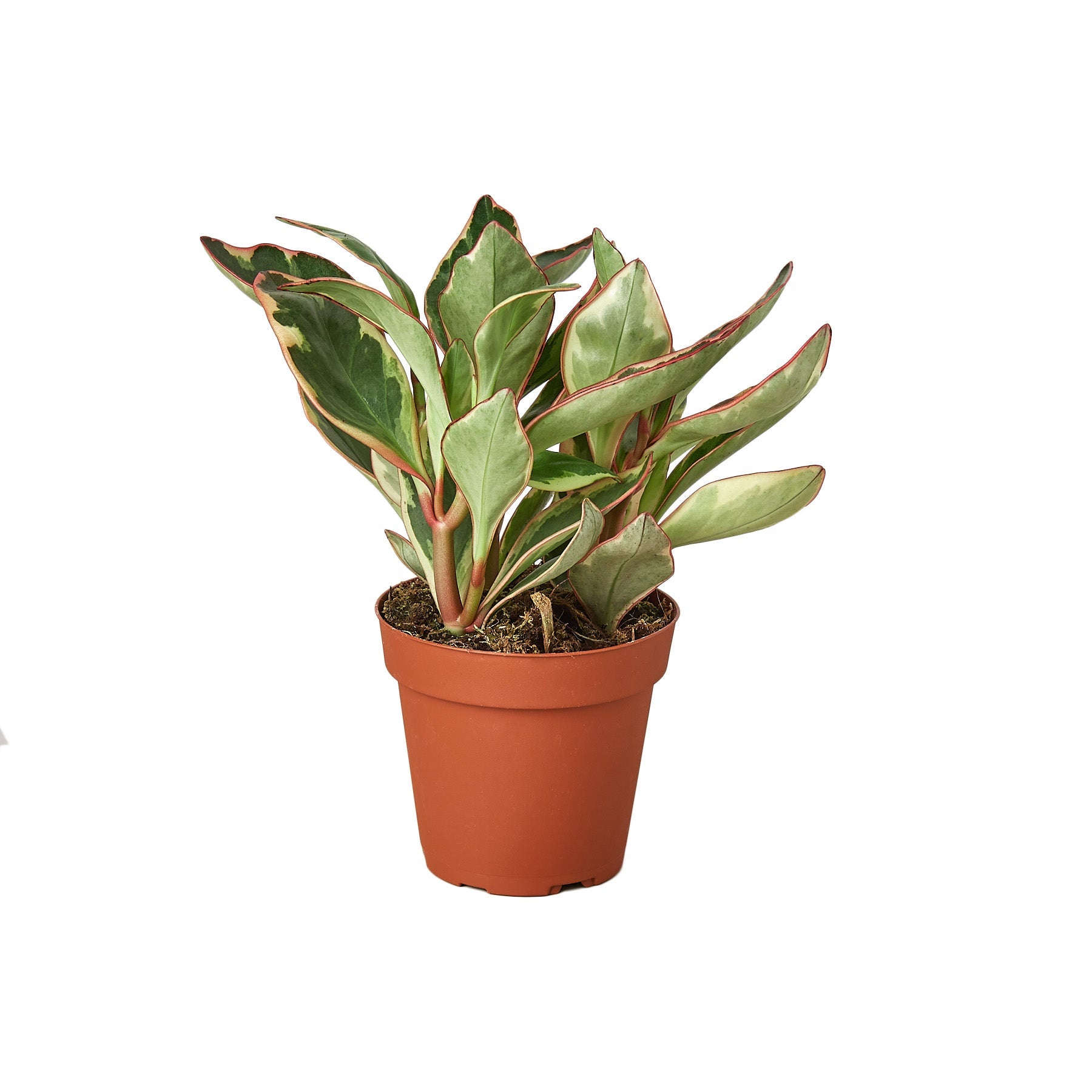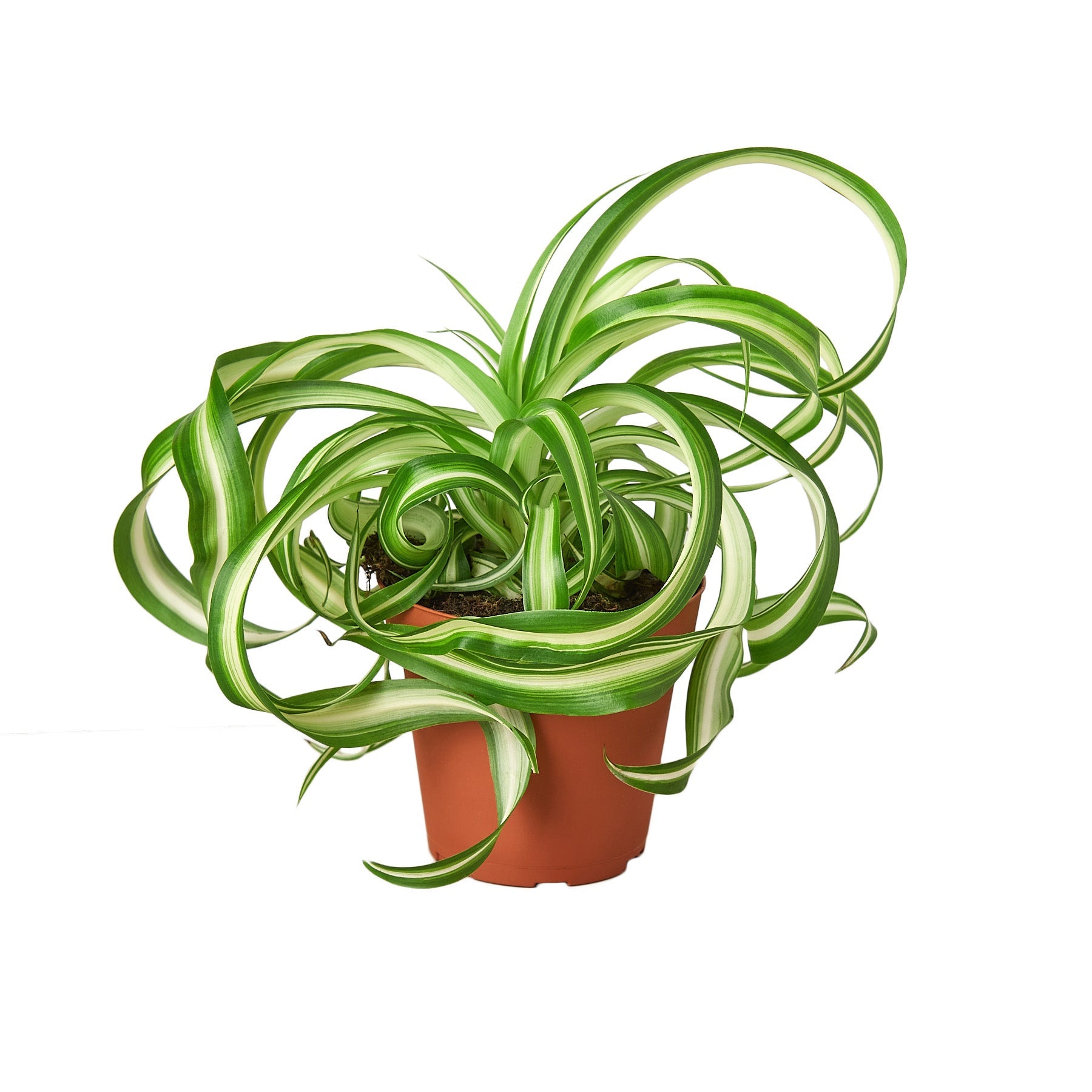Description | Alocasia Amazonica - Alocasia Bambino
Overview:
The Alocasia Amazonica Bambino is a mesmerizing, compact plant known for its ornamental appeal and manageable size, making it a perfect addition to any indoor space. Its distinctive arrow-shaped leaves, adorned with contrasting veins, capture the essence of tropical beauty in a form that fits beautifully on a tabletop or in a small garden space. The Bambino variety, with its more diminutive stature, brings the exotic charm of larger Alocasia plants to spaces where size might be a limitation.
Appearance:
Characterized by its glossy, arrow-shaped leaves, the Alocasia Amazonica Bambino boasts a rich, dark green color with striking white or light green veins. The leaves emerge from a central point, creating a dense, compact form that enhances its visual appeal.
Identification:
This plant stands out with its small, yet vibrant leaves that grow up to 8 inches long. The distinctive vein patterning and the arrowhead shape of the leaves are key identifiers, distinguishing it from other members of the Alocasia genus.
Unique Attributes:
The Alocasia Amazonica Bambino is particularly noted for its suitability as an indoor plant, thriving well in the controlled conditions of home or office environments. Its small size does not diminish its visual impact, making it a popular choice for those seeking the beauty of Alocasia in a more compact form.
History and Origin
The Alocasia Amazonica Bambino, a hybrid marvel, was selectively bred to marry the Alocasia genus's aesthetic appeal with practicality for smaller, indoor settings. This effort has rendered the Bambino not only more compact and suitable for limited spaces but also more resilient to indoor environment fluctuations, such as lighting changes and dry air from HVAC systems. As a result, it stands as a robust, ornamental gem within indoor plant collections, embodying a significant horticultural achievement that perfectly balances beauty and adaptability for today's plant enthusiasts.
Care Instructions
Light Requirements:
Prefers bright, indirect light. Direct sunlight can scorch its leaves, while too little light can lead to loss of leaf color and vibrancy.
Watering:
Maintain a balance by keeping the soil lightly moist, allowing the top inch to dry out before watering again. Avoid overwatering to prevent root rot.
Soil and Fertilization:
A well-draining, peat-based potting mix is ideal. Fertilize monthly during the growing season with a balanced, water-soluble fertilizer, reducing frequency in winter.
Temperature and Humidity:
Thrives in temperatures between 60-75°F (15-24°C) and enjoys high humidity. Consider using a pebble tray or humidifier to increase humidity levels around the plant.
Pruning and Maintenance:
Remove any yellowing or damaged leaves to encourage new growth. Wipe leaves with a soft, damp cloth to remove dust and maintain the plant’s aesthetic appeal.
Companion Plants
Choosing the right companion plants can make your space a lush, healthy haven, enhancing the beauty and vitality of your garden. Opt for plants with similar light and humidity preferences to ensure they grow harmoniously together. This thoughtful selection not only enriches the visual appeal of your space but also contributes to a balanced and supportive environment where each plant can thrive.
 Sale
Sale










